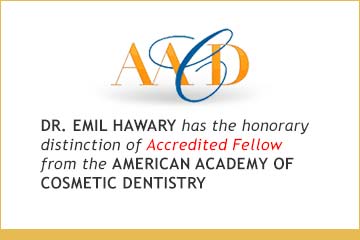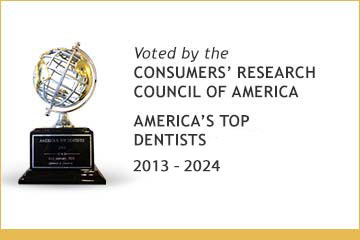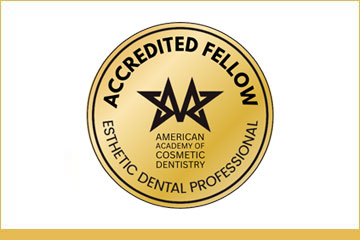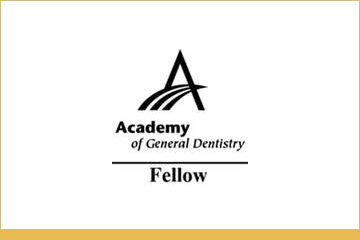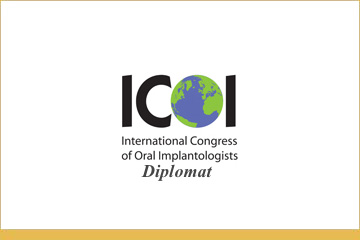Navigating dental insurance can be challenging, especially when working within the structure of an HMO plan, which typically requires choosing a designated provider within your network. For residents in Irvine, CA, one dental practice stands out for its commitment to quality care within HMO guidelines: Art of Dentistry Institute.
Why Choose an HMO Dentist in Irvine?
Health Maintenance Organization (HMO) dental plans are designed to be cost-effective, providing essential dental care through a specific network of approved providers. While HMO plans offer lower premiums and predictable copays, it’s important to choose an in-network dentist who not only accepts your plan but also delivers expert, compassionate care. That’s exactly what you’ll find at Art of Dentistry Institute.
The Art of Dentistry Institute Advantage
At Art of Dentistry Institute, we combine clinical excellence with a patient-first approach. Whether you’re in need of preventive services, restorative procedures, or advanced cosmetic treatments, our team is dedicated to making your HMO plan work for you, without compromising on the quality of care.
What Sets Us Apart:
-
HMO-Focused Care: We proudly work with select HMO dental plans and are familiar with their guidelines. Our team helps you understand your benefits and get the most from your plan-approved treatments.
-
Full-Service Dentistry: From routine cleanings and exams to advanced procedures, we offer comprehensive dental services, all coordinated within your HMO plan’s coverage.
-
Cosmetic and Restorative Expertise: Led by Dr. Emil Hawary, our practice is recognized for its excellence in cosmetic dentistry, helping patients enhance their smiles while maintaining oral health.
-
Comfort-Centered Environment: Our spa-like office, friendly team, and use of cutting-edge technology are designed to put patients at ease, even during complex treatments.
Insurance Guidance Made Easy
Our experienced administrative staff is here to assist with insurance verification, treatment authorization, and benefit explanation—so you know exactly what to expect. We believe in making high-quality dental care simple, clear, and stress-free.
Your HMO Dentist in the Heart of Irvine, CA
Located conveniently in Irvine, Art of Dentistry Institute is easily accessible to residents and professionals throughout the area. Whether you’re visiting for a routine check-up or exploring options for a brighter smile, we’re here to provide trusted care tailored to your HMO plan.
Ready to Experience Quality HMO Dental Care in Irvine?
Contact Art of Dentistry Institute today to schedule your appointment. Discover how our team makes HMO dental care both effective and exceptional.


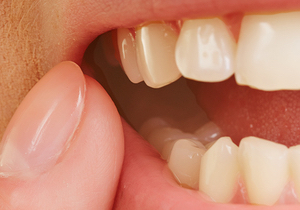
 At SArt of Dentistry Institute in Irvine CA, we are sometimes asked about Xylitol gum. What is it, exactly? Can a type of gum chewing really help prevent cavities?
At SArt of Dentistry Institute in Irvine CA, we are sometimes asked about Xylitol gum. What is it, exactly? Can a type of gum chewing really help prevent cavities? Regular cleanings and checkups are part of your first line of defense against dental health issues, so naturally you want to have the best dentist possible. What should you look for? If you’re new in town, or have been looking around for a new dentist, Art of Dentistry Institute in Irvine CA suggests the following.
Regular cleanings and checkups are part of your first line of defense against dental health issues, so naturally you want to have the best dentist possible. What should you look for? If you’re new in town, or have been looking around for a new dentist, Art of Dentistry Institute in Irvine CA suggests the following.